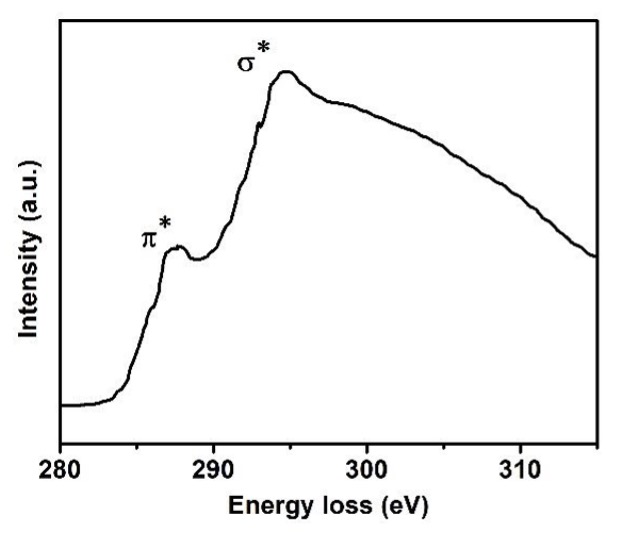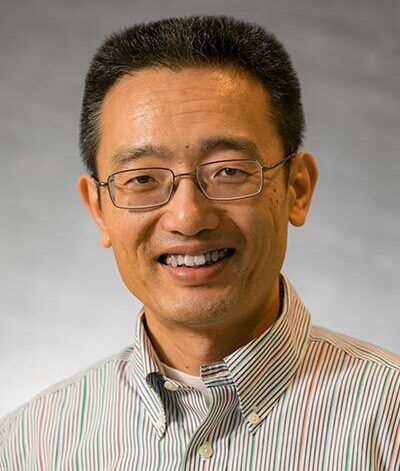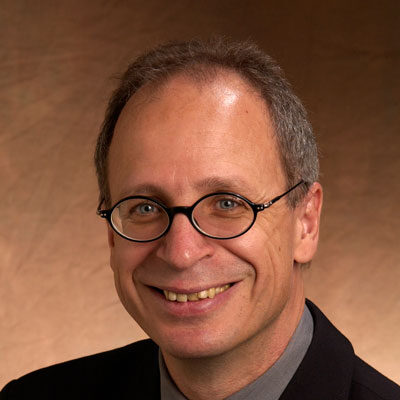Non-Sacrificial Surface Cleaning for Nanomaterial Samples
The Problem
Traditional methods used to achieve pristine surfaces usually involve the creation of new surfaces by sacrificing the top atomic layers of the samples. Sacrificial methods cannot be applied to nanomaterials, no part of which can be sacrificed. While some cleaning methods can get the TEM samples optically clean under an electron microscope, spectrum analysis shows that there are still contaminants, leading to unclear results.
The Solution
Researchers at the University of Tennessee have developed a non-sacrificial cleaning method which achieves a clean surface at the atomic level. The mechanism involves exposing the sample to water vapor overnight before being exposed to a broad-beam electron shower in the TEM, which induces radiolysis. This process makes the surface ultraclean by removing the impurities that are invisible to the electron microscope.
Graphene electron energy loss spectrum (EELS)


Benefits
| Benefit |
|---|
| Ultraclean nanomaterial samples |
| Removes contaminants that cannot be seen with electron microscopes but affect laboratory results |
| Clearer spectrum results |
| Safe for biological samples that are sensitive to radiation cleaning methods |
More Information
- Kusum Rathore, Ph.D.
- UTRF Vice President
- 865-974-1882 | krathore@tennessee.edu
- UTRF Reference ID: 24021
- Patent Status: Patent Pending

Innovators
Gong Gu

Professor, Department of Electrical Engineering and Computer Science, UT Knoxville
Dr. Gu received his PhD from Princeton University in 1999. His research interests include novel electronic devices based on emerging materials, and the interdisciplinary junction of physics, materials science, and electrical engineering.
Read more about Gong GuGerd Duscher

Professor, Department of Materials Science and Engineering, UT Knoxville
Dr. Duscher received his Dr. Sci. from the University of Stuttgart in 1996. His research interests include atomic resolution electron energy-loss spectroscopy and atomic and electronic structure at interfaces. Dr. Duscher is the director of the Microscopy Facility at the UT Institute for Advanced Materials and Manufacturing.
Read more about Gerd Duscher